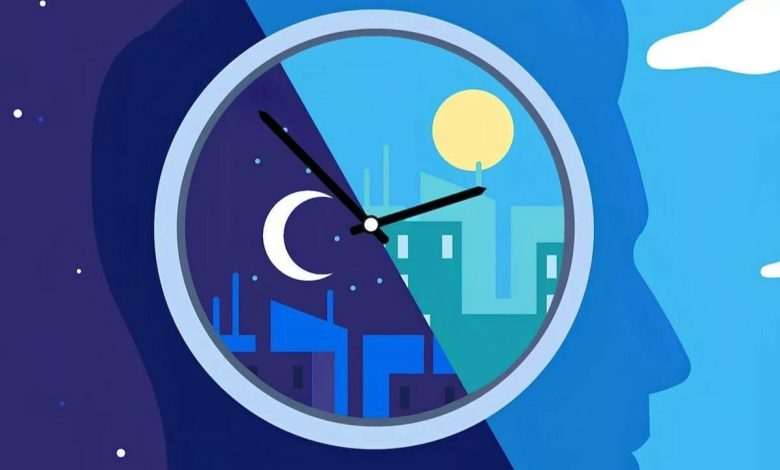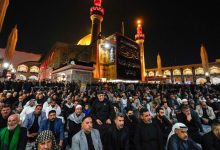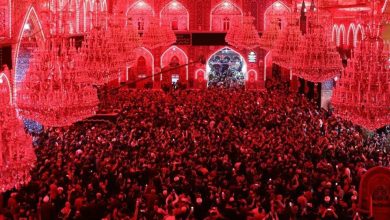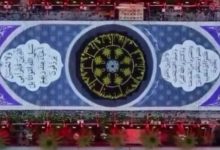Humans in the past slept twice a night; a pattern that changed with artificial light and the Industrial Revolution
Historical and scientific research shows that humans in pre-modern times naturally slept in two stages: the first sleep after sunset and the second sleep after a brief midnight wakefulness.
Historical records from Europe, Africa, and Asia indicate that after an initial few hours of sleep, people would wake up around midnight and spend time praying, studying, doing light work, or socializing, then go back to sleep until morning.
This pattern changed with the invention of artificial light and the beginning of the Industrial Revolution.
By suppressing the hormone melatonin and changing the body’s circadian rhythm, artificial light reduced the tendency to wake up in the middle of the night, replacing a continuous eight-hour sleep pattern.
Modern studies show that in conditions of complete and prolonged darkness, the human body automatically reverts to a two-stage sleep pattern.
Therefore, waking up in the middle of the night is not necessarily a sign of insomnia, but can be a reflection of the body’s natural rhythm








